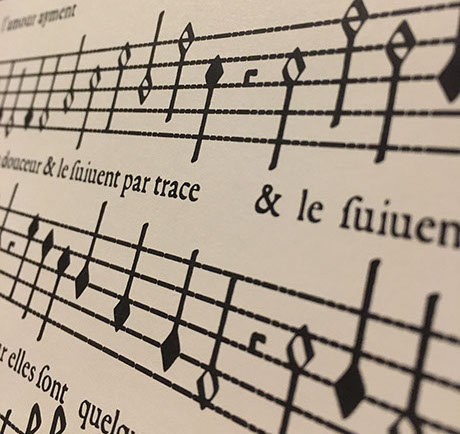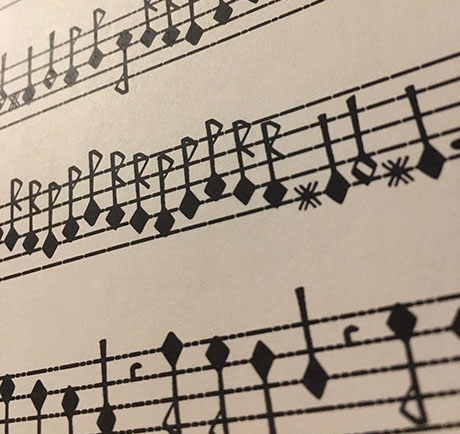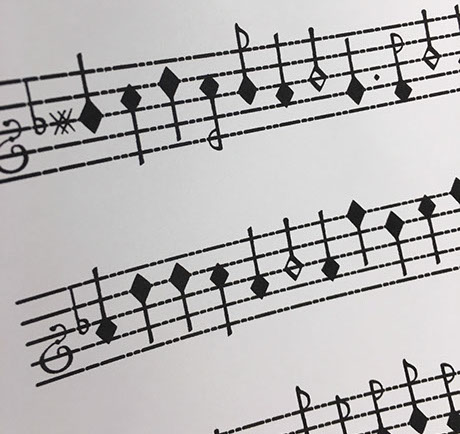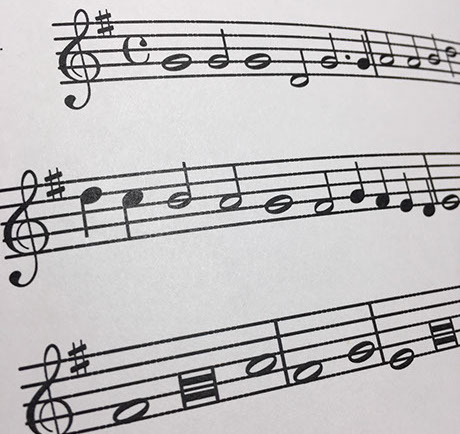Meet the Fonts
ENT includes a growing range of
musical typefaces designed to
suit any need.
'Tini' is included by default in the demo, but other fonts are available to supporters on Patreon at the levels indicated below. Consider backing the project to enjoy these and future fonts!
Phalese (c. 1600)

Phalese is a Belgian typeface derived from Pierre Phalese's publications of the works of Jean de Castro among others, between 1570 and 1607.
Long, slender note forms with gentle curves and delicate proportions make this typeface as lyrical as the madrigals printed with it, while looking longingly back at the forms of handwritten notation.


Tini (c. 1600)
Tini is based on the publications of Simon Tini of Milan, his partners, and heirs, representing a typical late 16th/early 17th century Italian font.
Short, heavy notes provide an unsurpassed reading experience through rapid canonic passages and intelligently shaped symbols maintain a tidy white space between lines.
Ledertz (1623)

Ledertz is based on the ecclesiastical publications of Paul Ledertz, representing a south-eastern German typeface of the early 17th century.
Its slender forms and pleasingly-rounded fusas, combined with a remarkably broad range of tempi and markings, make it a great choice for typesetting religious works of the 16th & 17th centuries.


Rawson (c. 1880)

Rawson is based on the (relatively) modern notation of "Rawson's Band Primo", published in 1880.
Rawson shows transitional elements, with shorter note stems, semi-minim/fusa rests resembling their historical counterparts, and old clef styles.
Minor tweaks were made, such as a custom custos, and new long notes were added for compatibility.